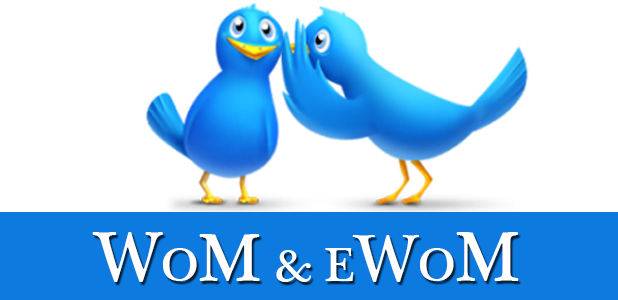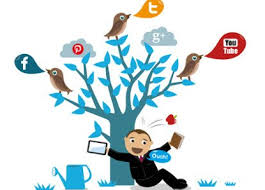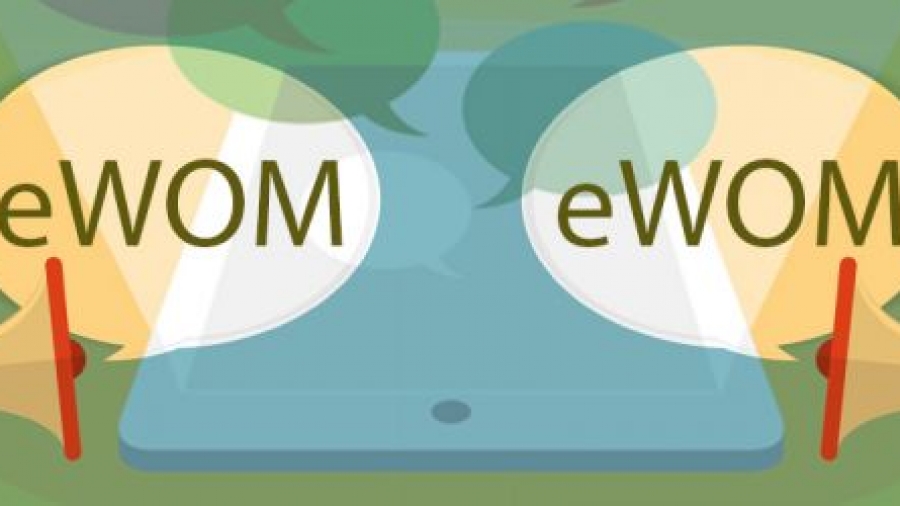As we all know nowadays the power has shifted to consumers, people trust people and not marketers and adverts, therefore word of mouth (WOD) has more power than never before.
The traditional WOM is defined as the oral form of interpretation of interpersonal non-commercial communication among friends. With the advancement of the internet and technology a new form of WOM has surfaced for quite some time now, this is electronic word of mouth (eWOM). This refers to comments made by potential, actual and former customers via the internet. This is the oldest type of marketing that we know, seeing something funny or interesting and then sharing around with your friends.
Neilson, 2015 through his research tells us that 92% of consumers around the world say they trust recommendations from friends and family above anything else and 46% of them get influenced in their future purchase decisions; sometimes it does not matter how effective your marketing campaigns are, because a couple bad reviews online can destroy everything.
While the traditional WOM and eWOM have some similarities, there are several dimensions on which they are different:
- eWOM possesses speed of diffusion
- eWOM included multi channels of spreading the information
- eWOM doesn’t need to be exchanged at the same time when all the communicators are present
- the design of eWOM is more attractive and attention grabbing than the traditional WOM
- the volume of eWOM is much larger
- eWOM is almost always available online, even after the passing of time
According to previous research there are two level of eWOM:
- market-level analysis – product sales, consumer reviews and their impact on product sales
- individual-level analysis – personal influence, the communications between the sender and receiver of information and to what extent it can influence the consumer purchase decision
 Importance in the Tourism Industry:
Importance in the Tourism Industry:
Some examples of eWOM in the tourism industry are the various review platforms that potential customers consult before making a purchase such as TripAdvisor or HolidayCheck. This is so, due to the nature or the tourism product: the intangible product, unable to evaluate before consumption therefore many hospitality products are seen as a high risk purchase for which the emotional level of reference group evaluation is a vital aspect of the decision making process. The competitive nature of the tourism industry therefore suggests that may provide important competitive advantage for those who can master it.
The Issues:
 WOMMA (word of mouth American association) and American Marketing Association (AMA) did a market research trying to find out the perceived importance of WOM amongst marketing companies; 64% think that WOM is the most effective form of marketing, however only 6% say that they have mastered it.
WOMMA (word of mouth American association) and American Marketing Association (AMA) did a market research trying to find out the perceived importance of WOM amongst marketing companies; 64% think that WOM is the most effective form of marketing, however only 6% say that they have mastered it.
For the past few years, marketers are focusing on “collecting” instead of “connecting”. In other words, the marketers are concerned with collecting all the social media profiles, collecting likes and fans, but they are forgetting to actually connect with them.
Solutions:
Everyone knows about the 4P’s, well now we need to focus on the 3E’s:
- Engage: give your fans the gift of you. Engage with them, listen to them and join their conversation about your brand
- Equip: give them a reason to talk. Understand what your consumers like about you and stir the conversation in that direction
- Empower: give consumers different ways to talk and share about you and your products. Let them know that they and their opinion sharing is very important to you
Keep in mind that good eWOM is credible one, dishonesty will bring your business reputation down.
To conclude the topic:
eWOM can be encouraged through different publicity actions and by grabbing the opportunities to engage with your customers. Always value their opinions and express this directly, especially in our technology say times, where anything can go online!

